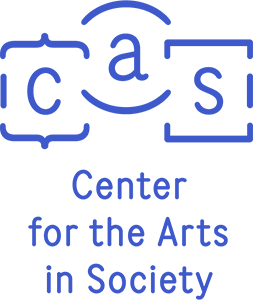
Performing Peace in the North of Ireland
John Carson, School of Art
Jennifer Keating, Department of English
Ever since the 1998 Good Friday Peace Agreement in the North of Ireland, populations throughout the region have worked diligently to maintain a sense of calm in the midst of hard fought peace and painstakingly slow efforts for cultural and political reconciliation. This is a society in transition, where the exploration and performance of individual and group identities are made evident in both public and private spheres, invoking a troubled past that is in tension with visions for a culturally and politically integrated future. Performing Peace in the North of Ireland explores how such tensions between the past and present might coexist in a society built on principles of tolerance rather than strife. We will explore how identities in the North of Ireland are expressed, challenged and negotiated in private and official narratives, with a focus on the influence that technological development, language and artistic practice have played at various historical moments, as well as in the present. The performance of individuality and group association within Northern Irish society, the performance of technologically sophisticated and crude tools, and the performative nature of visual, literary and theatrical practice will be considered in this three-year project.
Although peace has endured since 1998, it is an uneasy arrangement. Flashes of old anger might emerge and be manifest in riots, public demonstration or violent squabbles without warning, as populations with long, deep histories of conflict continue to live in separated enclaves throughout the region (especially in the urban centers of Belfast and Derry). Walls, barricades and other physical separations, known as interfaces or peacelines, divide historically antagonistic populations. These interstices have tripled in number since the 1998 Peace Agreement, carving up urban and rural landscapes in the form of tall fences, walls topped with barbed wire or sometimes just an empty waste ground, bordered by parking lots as further buffer zones between divided communities. Even bus routes in Belfast divide populations as they follow the topography of a built environment that has been crafted for decades to separate neighbors with a history of violent conflict. Performing Peace in the North of Ireland will dig into these histories as a context, lifting out and analyzing examples of artistic practice and community activism that interrupt these paradigms. We will also catalog and explore the influences of cultural and/or governmentally sanctioned practices that uphold and passively condone this divided society, rather than proactively and consistently pushing for meaningful and sustainable social and political integration.
Our intention is to work with undergraduate students at CMU who will study these circumstances and craft original mixed-media responses to the official and unofficial narratives with which they engage in an undergraduate course spring semesters 2015, 2016 & 2017; we hope to engage artists in the North of Ireland and the United States and invite speakers to Carnegie Mellon who share our interests in exploring the tensions between containing conflict and integrating historically violent communities to achieve peace; and partner directly with artists, writers, researchers and community members in the North of Ireland to collaboratively produce original artwork and academic publications.
